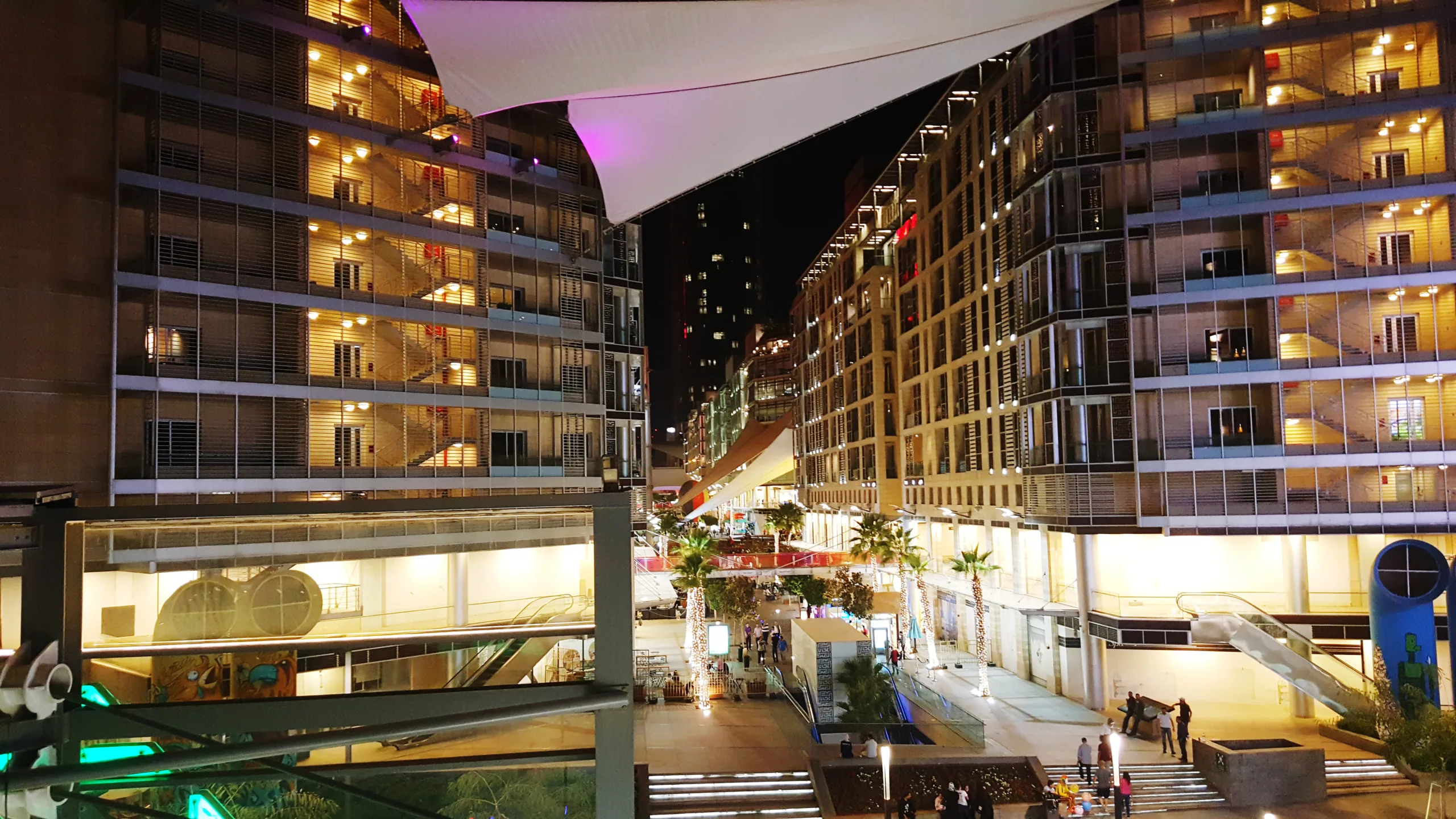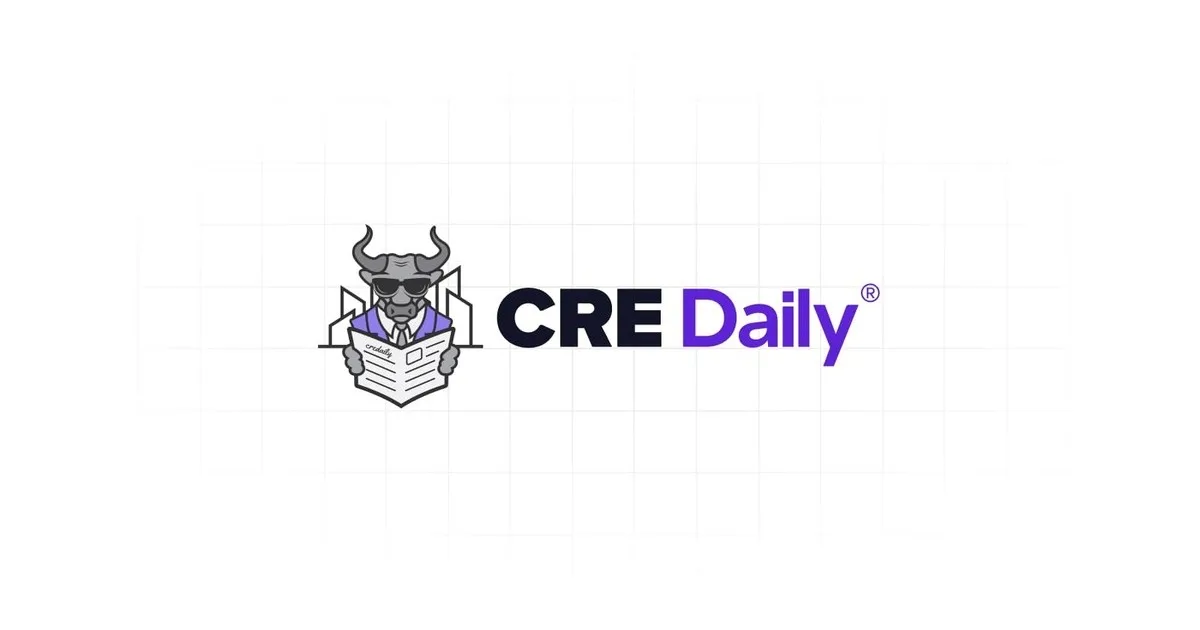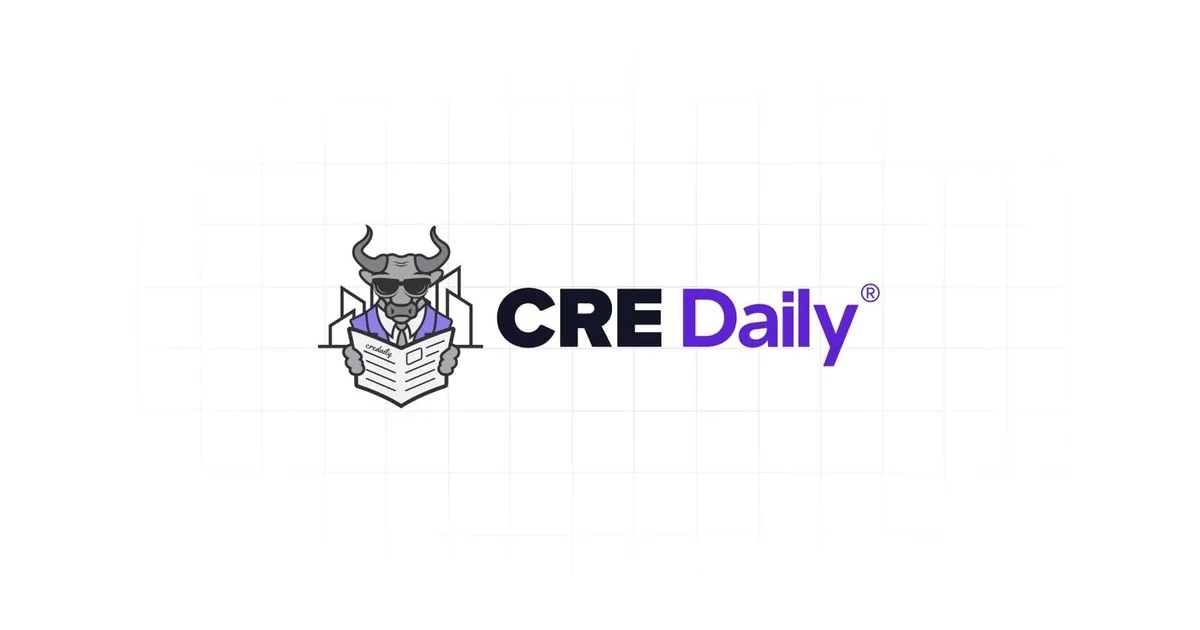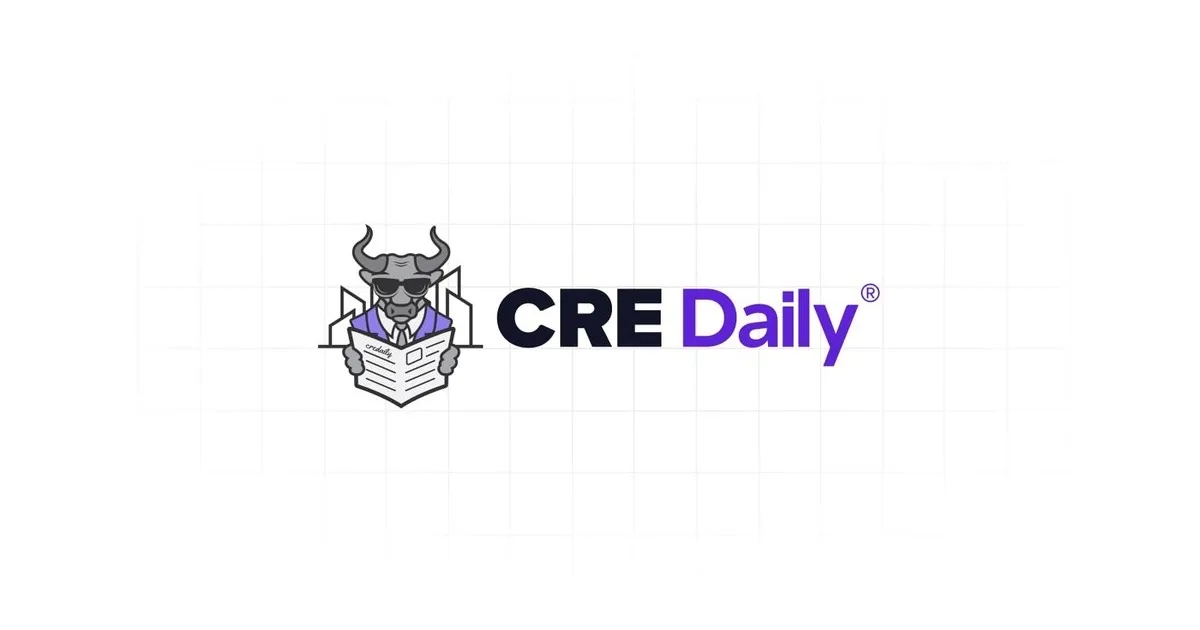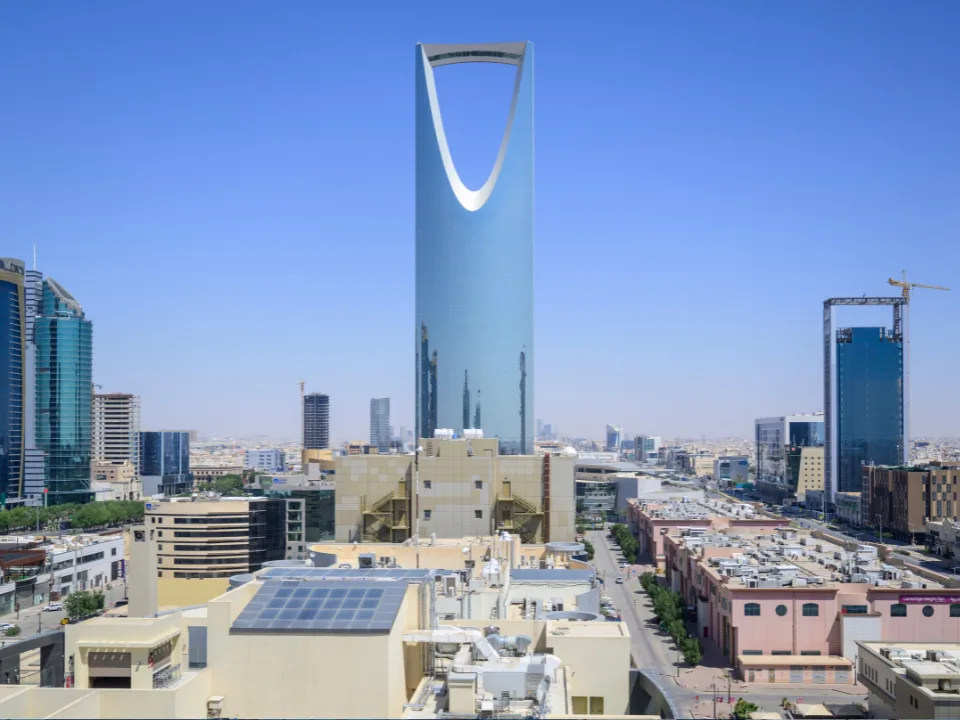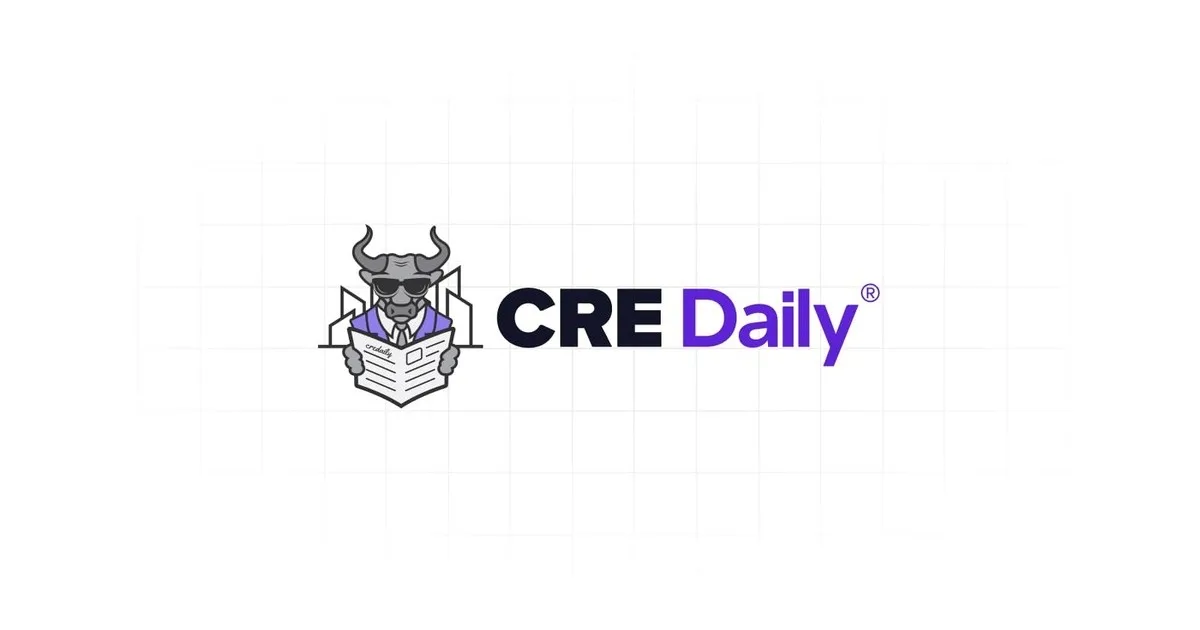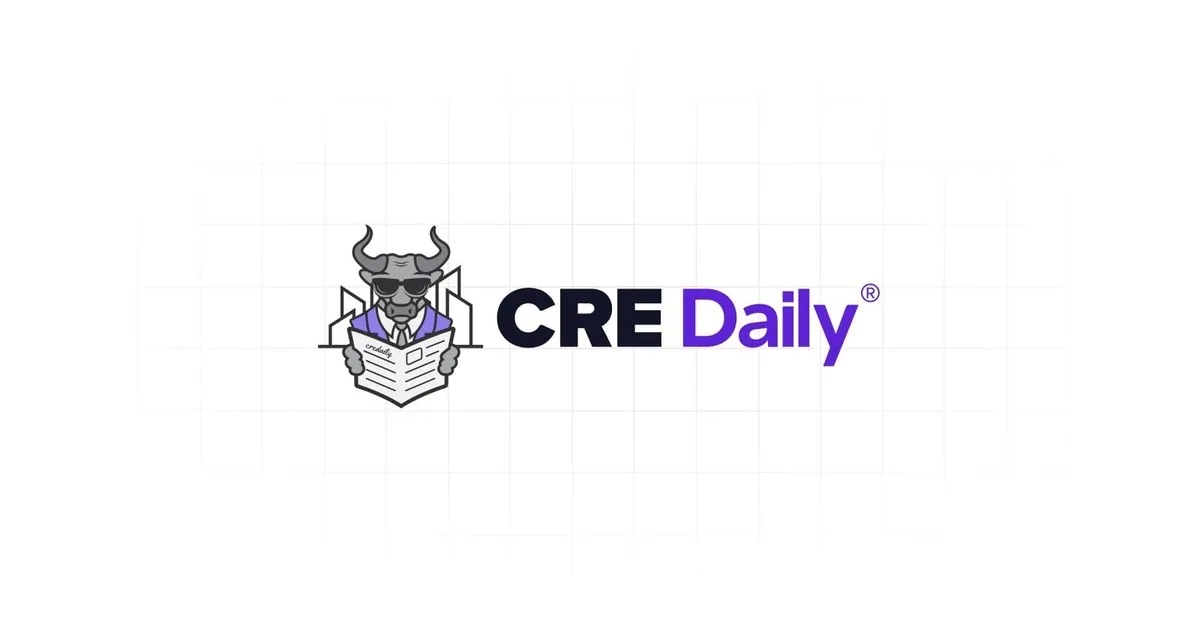- Hotel sales fell 18% YoY in Q2 2025, with average price per room down nearly 19%.
- Luxury hotels outperformed economy-tier properties amid resilient high-income consumer travel.
- Elevated interest rates and policy uncertainty slowed transaction volume and deal size.
- Debt financing remains available, with major institutional players still active in refinancing and acquisitions.
Economic & Geopolitical Backdrop
The first half of 2025 was marked by global conflict, economic deceleration, and volatile capital markets, reports GlobeSt. Real US GDP contracted by 0.5% in Q1 before rebounding to 2.4% growth in Q2, as the Trump administration delayed tariffs and passed a sweeping tax bill. Despite these developments, inflation concerns and policy-driven layoffs kept consumer sentiment well below historical norms.
Amid this backdrop, the US lodging industry entered a period of stagnation. Top-line metrics remained steady, but rising labor and operating costs outpaced revenue growth, compressing margins—particularly in economy and midscale segments.
Get Smarter about what matters in CRE
Stay ahead of trends in commercial real estate with CRE Daily – the free newsletter delivering everything you need to start your day in just 5-minutes
Hotel Investment Activity In H1 2025
LWHA Q2 2025 Survey Highlights:
- Total Transactions: 89 single-asset hotel deals over $10M
- Total Volume: $3.3B
- Avg. Deal Size: $36.7M
- Avg. Price/Room: $225K
Q1 2025 Comparison:
- Volume: $2.8B
- Avg. Price/Room: $202K
- Trades: 83
YoY Comparison (Q2 2024 vs Q2 2025):
- Number of trades: ↓1%
- Total volume: ↓18%
- Avg. price per room: ↓19%
Luxury and trophy assets continue to attract investor interest. However, deals are generally smaller and increasingly financed through debt funds or alternative lenders, as large banks remain on the sidelines.
Notable Q2 2025 Hotel Sales
- JW Marriott Phoenix Desert Ridge Resort & Spa (Phoenix, AZ): Sold for $865M ($910K/key) to Ryman Hospitality Properties. Trinity Investments added a waterpark and renovated the resort before exit.
- The Stanley Hotel (Estes Park, CO): Acquired via $400M bond offering for $163M ($839K/key) by a public-private partnership. Expansion and cultural development planned.
- Holiday Inn Manhattan-Financial District (NYC): Sold for $154.5M; conversion to student housing planned.
- Silver Sands Beach Resort (Key Biscayne, FL): Sold for $205M ($3.7M/key) for redevelopment into ultra-luxury condos—excluded from survey due to land value classification.
- Blackstone Acquires Sunseeker Resort Charlotte Harbor (FL): $200M deal for a property developed at a cost of $720M—highlighting distressed capital structures vs. fundamentals.
Geographic Trends
States leading transaction volume:
- California: 14 sales totaling ~$400M
- Florida: 10 sales totaling ~$187M
- Colorado, Texas, Tennessee: Each recorded ~$200M+ in activity
Together, these five states accounted for 54% of all Q2 sales volume.
Capital Markets & Financing Trends
Despite market uncertainty, debt remains accessible through debt funds, CMBS, and insurance firms. Notable financings include:
- Blackstone’s $1B refinancing for the Grand Wailea, A Waldorf Astoria Resort
- Driftwood Capital’s $1.2B recapitalization of an 18-property portfolio
- KSL Capital’s $270M refinance of two Michigan resorts
- Tyko Capital’s $392M construction loan for the Grand Hyatt Miami Beach
- Multiple institutional refinances in NYC, Dallas, Nashville, and Honolulu
Construction financing continues for select ground-up developments, but rising costs are stalling many new projects—providing an edge to owners of existing assets.
Looking Ahead
While uncertainty persists, especially amid a wall of upcoming debt maturities, opportunities for value-add and distressed acquisitions are emerging. Branded PIP requirements and cost pressures will likely spur additional sales activity in H2 2025 and beyond.
Demand for travel remains resilient, and luxury segments are outperforming—making select properties attractive even in a cautious market. Investors are adjusting to a “new normal” of smaller, selectively financed deals with emphasis on location, brand strength, and income potential.
Bottom Line
Headwinds remain, but experienced investors with access to flexible capital are finding opportunities, particularly in luxury and distressed segments. Expect continued bifurcation between asset classes—and more sales in H2 as market participants respond to refinancing pressure and shifting macroeconomic tides.




